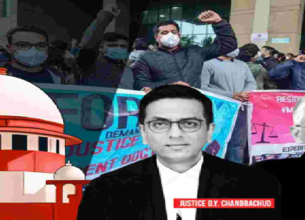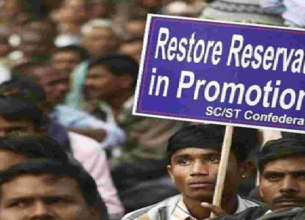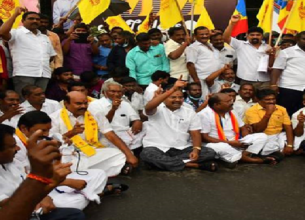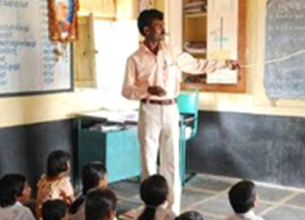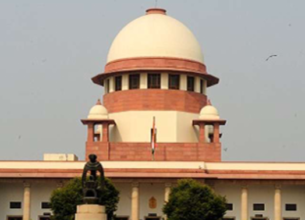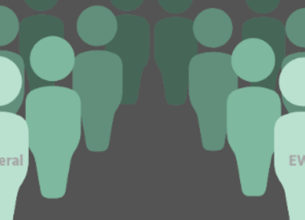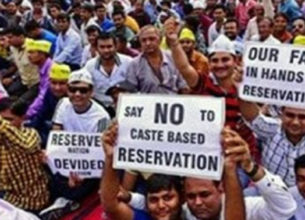8 Lakh Income reasonable cap for EWS Quota, Centre tells SC
03, Jan 2022
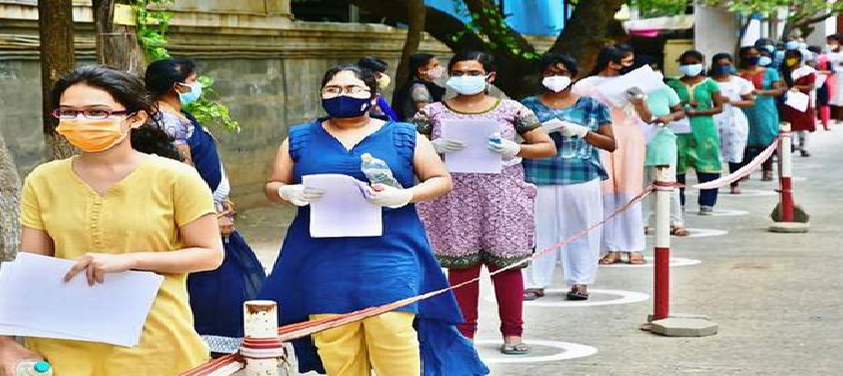
Prelims level : Rights Issues
Mains level : GS-II Welfare schemes for vulnerable sections of the population by the Centre and States and the Performance of these schemes; Mechanisms, Laws, Institutions and Bodies constituted for the protection and betterment of these Vulnerable Sections.
Why in News?
- A Government Committee Report in the Supreme Court has said that “income” is a “feasible criterion” for Defining the “Economical Weaker Sections” (EWS) in society and the annual family income of ₹8 lakh is a “reasonable” threshold to determine EWS in order to extend reservation in Admissions and Jobs.
About the News:
- The committee report as part of a government affidavit concluded that a feasible criterion for defining EWS can be based on income [family income]. A threshold of ₹8 lakh of annual family income, in the current situation, seems reasonable for determining EWS.
- The committee did not agree with the notion that the Centre had “mechanically adopted” ₹ 8 lakh as a number because it was also used for the OBC creamy layer cut-off. It said the Income Criterion for EWS was “more stringent” than the one for the OBC creamy layer.
What is the Issue?
- The report is the result of the Supreme Court’s repeated grilling of the government, since October, to explain how it zeroed in on the figure of ‘₹8 lakh’ as the annual income criterion to identify EWS among forward classes of society for grant of 10% reservation in NEET medical admissions under the All India Quota (AIQ) category.
- The court was hearing a batch of petitions filed by NEET aspirants challenging a July 29 notification of the Centre announcing 27% quota to OBCs and 10% reservation to EWS in AIQ.
- The Supreme Court’s query was significant as the One Hundred and Third Constitutional Amendment of 2019, which introduced the 10% EWS quota, is itself under challenge before a larger Bench.
- The Amendment is under question for making economic criterion as the sole ground for grant of Reservation Benefits.
- On November 25, the Centre had informed the court that it had taken a considered decision to revisit the criteria for determining EWS.
- The Centre had then formed an expert committee comprising Ajay Bhushan Pandey, former Finance Secretary; professor V.K. Malhotra, Member Secretary, ICSSR; and Sanjeev Sanyal, Principal Economic Adviser to the Government of India. The committee had submitted its report on December 31.
What does the Committee’s Report Says?
- The Current Gross Annual Family Income limit for EWS of ₹8 lakh or less may be retained. In other words, only those families whose annual income is up to ₹8 lakh would be eligible to get the benefit of EWS reservation.
- The committee said the ₹8 lakh criterion struck a “fine balance” between over-inclusion and inclusion errors.
- The figure ensures that most low-income people who are not required to pay income tax are not excluded and are covered in EWS and at the same time it should not be so high that it becomes over-inclusive by including many incomes tax-paying middle-and high-income families into EWS.
- Though we may not completely eliminate yet we can try to minimise both exclusions as well as inclusion errors. Therefore, considering that the currently effective income tax exemption limit is around ₹8 lakh for individuals, the committee is of the view that the gross annual income limit of ₹8 lakh for the entire family would be reasonable for inclusion into EWS.
What are the Centre’s Argument?
- Firstly, EWS’s criteria relates to the financial year prior to the year of application whereas the income criterion for the creamy layer in OBC category is applicable to gross annual income for three consecutive years.
- Secondly, in case of OBC creamy layer, income from salaries, agriculture and traditional artisanal professions are excluded from the consideration whereas the ₹8 lakh criteria for EWS includes all sources, including farming. So, despite being the same cut-off number, their composition is different and hence, the two cannot be equated.
- It found no fault in the uniform application of the ₹8-lakh criteria across the country.
- The desirability of a uniform income-based threshold has been upheld by the Supreme Court, and it can be adopted across the country as a matter of Economic and Social Policy.
Who are “Economically Weaker Sections”?
- For the purposes of article 15 and article 16, “economically weaker sections” shall be such as may be notified by the State from time to time on the basis of family income and other Indicators of Economic Disadvantage.’
- Central Government of India has specified certain criteria for identifying the EWS. This will be a class distinct from the already specified classes of SCs, STs and socially and educationally backward classes (OBCs).
- The EWS quota applies to household with
- Annual household income below Rs 8 lakh.
- Agriculture land below 5 acres.
- Residential house below 1000 sq ft.
- Residential plot below 100 yards in notified municipality.
- Residential plot below 200 yards in non-notified municipality area.
What are the Implications?
- The 10% reservation will be in addition to the existing cap of 50% reservation for the Scheduled Castes, Scheduled Tribes and the Other Backward Classes, taking total reservation to 60%.
- The quota targets the poor among the upper castes. This will be over and above 50% Mandated by Constitution and hence the need for Constitution amendment Bill.
SC verdict in Indira Sawhney case:
- The proposed law would face roadblocks if challenged in the Supreme Court.
- A nine-judge Constitution Bench of the Supreme Court in the Indira Sawhney case of 1992 specifically answered the question “whether backward classes can be identified only and exclusively with reference to the economic criterion.”
- The constitution bench had categorically ruled that a backward class cannot be determined only and Exclusively with reference to economic criterion.
- The bench had held that Economic Criterion may be a consideration or basis along with, and in addition to, social backwardness, but it can never be the sole criterion.
- The bench in its judgement declared 50% quota as the rule unless extraordinary situations “inherent in the great diversity of this country and the people” happen. Even then, the court stated that extreme caution is to be exercised and a special case should be made out.




